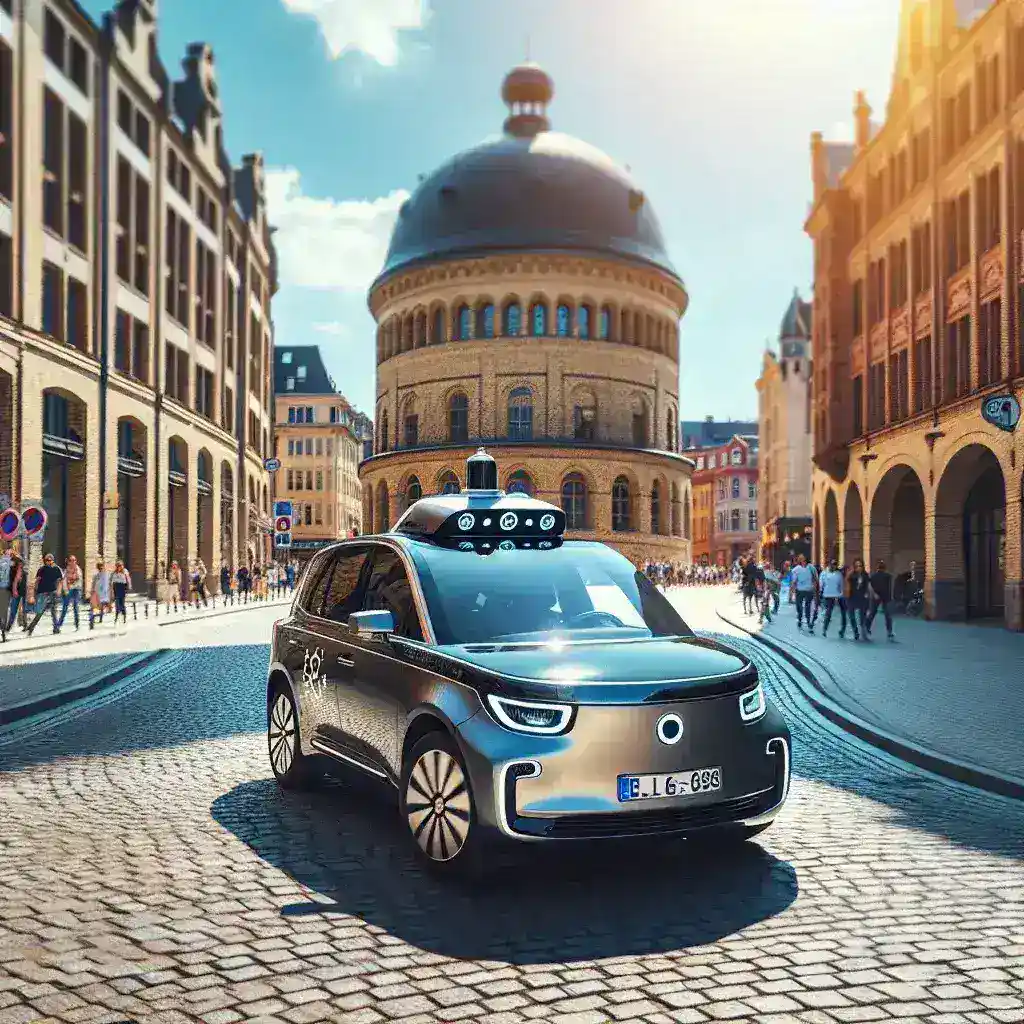Qualcomm Showcases Driverless Tech Demo with BMW in Europe
In a groundbreaking demonstration that has captured the attention of the automotive and technology industries, Qualcomm partnered with BMW to unveil an advanced driverless technology showcase in Europe. This event marked a significant leap forward in the development of autonomous vehicles, illustrating the potential for smarter, more efficient transportation solutions.
The Evolution of Autonomous Driving
Over the past decade, autonomous driving technology has evolved remarkably. Initially seen as a futuristic concept, advancements in artificial intelligence, machine learning, and high-speed connectivity have made self-driving cars a tangible reality. Qualcomm, a leader in mobile technologies, has played a pivotal role in this transformation, providing the necessary hardware and software solutions that drive these innovations.
The Collaboration Between Qualcomm and BMW
Qualcomm and BMW have maintained a robust partnership focused on innovation in automotive technology. This collaboration leverages Qualcomm’s expertise in connectivity and processing power, combined with BMW’s commitment to engineering excellence and luxury. The technology demo showcased the integration of Qualcomm’s Snapdragon Ride platform, which enables real-time processing of vast amounts of data from vehicle sensors and cameras.
The Tech Demo Unveiled
During the demonstration, attendees witnessed a BMW vehicle navigating an urban environment autonomously, showcasing several advanced features:
- Real-time Obstacle Detection: The vehicle utilized sophisticated sensors to detect obstacles, pedestrians, and other vehicles, ensuring safe navigation.
- Adaptive Driving Strategies: The system adjusted its driving behavior based on real-time traffic conditions, demonstrating a keen understanding of the driving environment.
- V2X Communication: Vehicle-to-Everything (V2X) technology was highlighted, allowing the vehicle to communicate with infrastructure and other road users for enhanced safety and efficiency.
The Impact on Future Mobility
As cities around the world look to modernize their transportation systems, the implications of Qualcomm’s demonstration with BMW are profound. Enhanced connectivity and autonomous driving technology promise to alleviate traffic congestion, reduce accidents, and lower emissions.
Driving Safety and Efficiency
One of the most compelling arguments for the adoption of driverless technology is its potential to improve road safety. According to the World Health Organization, approximately 1.35 million people die each year due to road traffic accidents. Autonomous vehicles, equipped with advanced sensors and algorithms, can significantly reduce human error, which is a leading cause of such fatalities.
Statistics Highlighting the Importance
Recent studies indicate that autonomous vehicles could reduce traffic fatalities by up to 90%. Additionally, with the ability to optimize driving patterns and reduce idle time, these vehicles can contribute to lower emissions, aligning with global sustainability goals. For example, a study by the International Transport Forum revealed that widespread adoption of autonomous vehicles could decrease CO2 emissions from passenger vehicles by up to 80% by 2050.
Challenges Ahead
Despite the promising future of driverless technology, several challenges remain. Regulatory hurdles, public perception, and technological limitations are key obstacles that the industry must address. Governments need to establish clear regulations for the testing and deployment of autonomous vehicles to ensure public safety while stimulating innovation.
Public Perception and Trust
Building public trust in autonomous driving technology is crucial. Many consumers hold concerns about the safety and reliability of self-driving systems. To alleviate these fears, companies like Qualcomm and BMW must engage in transparent communication and provide extensive education regarding the capabilities and limitations of their technologies.
The Road Ahead: Future Predictions
Looking ahead, the collaboration between Qualcomm and BMW is just one example of how automakers and tech companies are pushing the boundaries of what’s possible in mobility. Experts predict that by 2030, a significant percentage of vehicles on the road will feature some level of autonomous capability.
Integration with Smart Cities
As smart city initiatives gain traction worldwide, the integration of autonomous vehicles into urban infrastructure will become increasingly important. V2X communication will enable vehicles to interact with traffic lights, pedestrian crossings, and other city elements, creating a seamless transportation ecosystem.
Real-World Examples of Innovation
Various cities are already piloting autonomous vehicle programs. For instance, cities like San Francisco and Singapore have seen autonomous shuttles providing public transportation options. These real-world applications not only demonstrate the feasibility of driverless technology but also provide valuable data to refine and improve these systems.
Conclusion
Qualcomm’s driverless tech demo with BMW in Europe serves as a monumental step toward the future of transportation. As the industry continues to evolve, partnerships between technology and automotive companies will be essential in navigating the challenges and unlocking the potential of autonomous vehicles. With continued innovation and collaboration, the dream of safe, efficient, and sustainable mobility is within reach.
In this rapidly changing landscape, staying informed and engaged with developments in self-driving technology is crucial for all stakeholders. The future of transportation is not just about getting from point A to point B; it’s about creating a safer, more connected world for everyone.

Deja un comentario